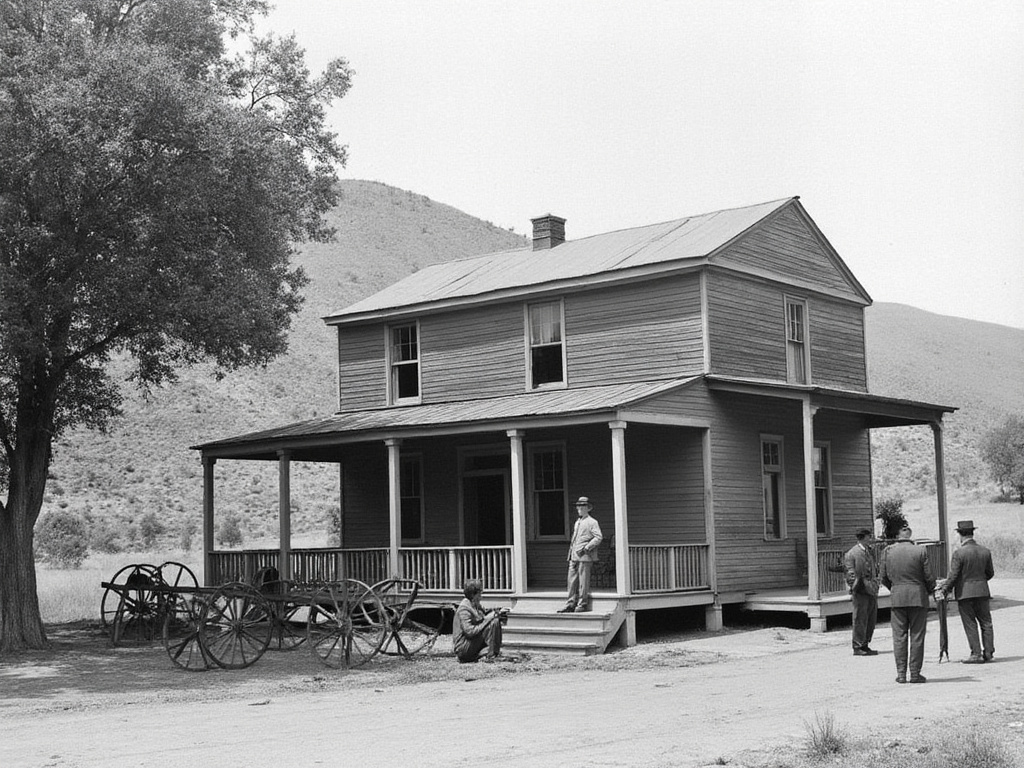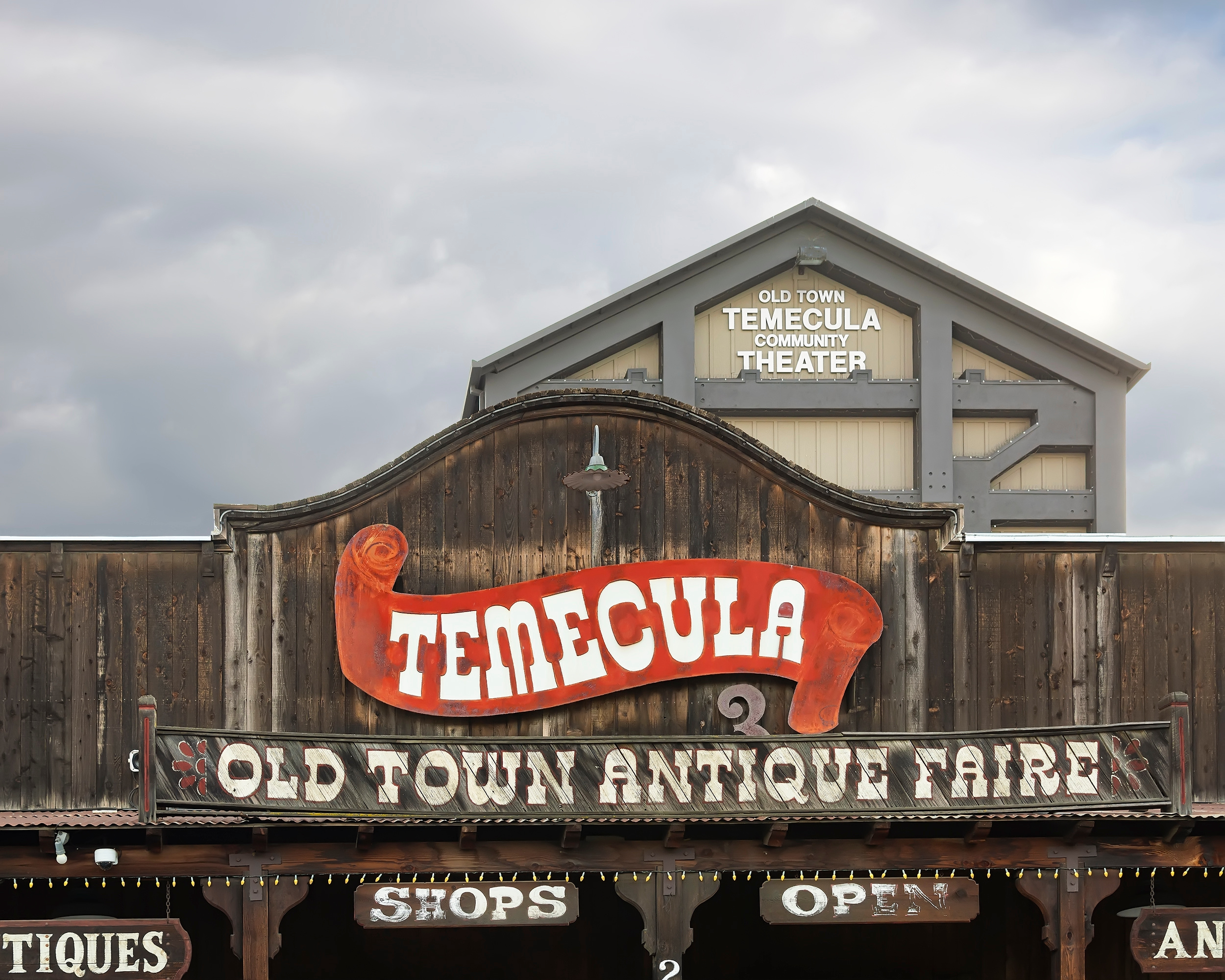Discovering Temecula Valley’s Rich Tapestry
Nestled in the heart of Southern California, Temecula Valley is a gem that enchants locals and visitors alike. With its stunning landscapes, burgeoning wine industry, and historical roots, this valley offers a fascinating glimpse into the past while promising endless adventures today. Whether you’re a local resident, a history enthusiast, or a curious tourist, exploring Temecula Valley’s history promises to be a rewarding experience. This blog uncovers the captivating story of Temecula Valley, from its ancient origins to its modern-day allure.
Unearthing the Early History of Temecula
The story of Temecula Valley begins with its earliest inhabitants, the indigenous Luiseño people. Known for their deep connection to the land, the Luiseño lived harmoniously with the valley’s diverse ecosystem. They were skilled hunters and gatherers, utilizing the rich resources of the region to sustain their communities. The arrival of Spanish explorers in the late 18th century marked a significant turning point in the valley’s history. These explorers, led by figures like Juan Bautista de Anza, paved the way for the establishment of the Mission San Luis Rey, which became a focal point of interaction between the Spanish and the indigenous people. This era set the stage for the cultural fusion and transformation that would follow.
The Mexican Influence on Temecula Valley
With Mexico’s independence from Spain in 1821, the Temecula Valley entered a new chapter under Mexican governance. The Rancho period saw large tracts of land granted to Mexican citizens, leading to the establishment of expansive ranches. One of the most notable was Rancho Temecula, which played a vital role in shaping the valley’s identity. During this time, Temecula became a crucial stop on the Butterfield Overland Mail route, connecting California with the rest of the United States. The valley’s strategic location facilitated communication and commerce, contributing to its growth and significance in the region.

American Settlement and Transformation
The mid-19th century brought a wave of American settlers to Temecula Valley following California’s admission to the Union. This influx heralded a new era of development and transformation. Ranching and agriculture became the backbone of the valley’s economy, with cattle and sheep ranches dotting the landscape. The arrival of the Southern California Railroad in the 1880s further accelerated growth, connecting Temecula to larger markets and opening up new opportunities. The fertile soil and favorable climate also attracted pioneers to establish vineyards, sowing the seeds for what would become a thriving wine industry in the valley.
Temecula’s Evolution in the 20th Century
The 20th century witnessed profound changes in Temecula Valley’s landscape and identity. World War II brought about significant shifts as military installations were established nearby, impacting the local economy and population dynamics. In the post-war years, the valley experienced a development boom, with residential communities springing up to accommodate the growing population. The wine industry emerged as a defining feature of Temecula, with vineyard expansions and wineries gaining recognition on a national and international scale. This period of transformation set the stage for Temecula to become a sought-after destination for wine enthusiasts and tourists alike.

Celebrating the Modern Era of Temecula
Today, Temecula Valley stands as a vibrant blend of tradition and modernity. Its status as a premier tourist destination is underpinned by its picturesque vineyards, charming Old Town, and rich cultural heritage. Visitors can explore historical landmarks that offer a glimpse into the valley’s past, such as the Temecula Valley Museum and the Vail Headquarters. The preservation of these sites ensures that Temecula’s history remains alive for future generations. Beyond its historical significance, Temecula is a thriving community known for its festivals, outdoor activities, and culinary delights, making it a must-visit location in Southern California.

Journeying Through Time in Temecula Valley
From its ancient origins to its contemporary charm, Temecula Valley’s history is a tapestry woven with tales of resilience, innovation, and cultural exchange. For locals, it is a reminder of the roots that ground their community, while for tourists, it offers a window into a rich and diverse past. Whether you’re strolling through the vineyards, exploring historic sites, or enjoying the vibrant local scene, Temecula Valley invites you to be a part of its ongoing story. Discover the allure of this remarkable region, where history and modernity coexist in perfect harmony.
For more about Temecula Valley’s history and current attractions, see below:
- Restaurants in Temecula
- Wineries in Temecula
- Golf Courses in Temecula
- Historical Sites and Museums
If you’re interested in Real Estate investment in Temecula, or for information on our Property Management Services, click here




